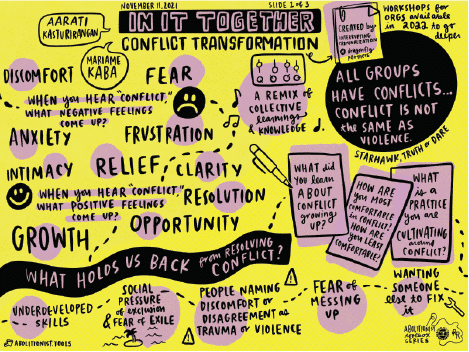
Conflict Resolution by Jason Shaw, MA, LPC
Conflict Resolution
by Jason Shaw, MA, LPC
Conflict, or confrontation, has a pretty negative connotation. Our bodies go on high alert when we know conflict is near as it typically alerts us to boundaries being crossed. Whether it is having to confront a family member during the holidays, a friend who continues to bail on plans, or even a work colleague who may cross some personal boundaries. There comes a time and place where we have to deal with it and often times we grow anxious, avoidant, or handle the emotions in a way that isn’t beneficial to us. It’s not entirely our blame when we handle conflict, but it’s important to notice the patterns which aren’t beneficial and think of ways to change them.
How we learned about conflict
Humans are very observant and handling conflict is often one of the behaviors we learn best from those closest to us. Familial conflict is often the most common. Disagreements among partners, siblings, etc. Growing up, a child is likely to see how their parental/guardian figures deal with conflict. Or, more relatedly, through the punishment of the child’s actions. From there, they often adopt that approach. There is also to consider the attachment style the child has with their adult figures, which can often dictate how one approaches handling conflict. It can be seen in an Avoidant, Anxious, Disorganized, or Secure attachment style.
From there, as children and adolescents, conflict can be learned from the media that is consumed or from relationships with friends, teachers, teammates, etc. Often adopting what feels right to how we view ourselves. If one views themselves as an overly anxious person, one’ll likely have an avoidant confrontation style. Then there is the very confrontational person who likely draws a lot of attention to themselves. Neither is right or wrong, but it says a lot about how one deals with the conflict and the feelings that come up.
Dealing with the conflict
Here are a few steps one can take to deal with the feelings coming up and some conflict resolution. It’s important to be mindful of what our body is telling us. To be able to ground ourselves in our inner voice and listen to the physical sensations in our body. Naming those feelings, doing something to manage them (breathing exercises, going for a walk, etc.), and moving to accept the conflict.
Next, it’s important to understand the circumstances around the conflict as that dictates how one is going to approach the conflict. Things to consider can be physical/emotional risk, social pressures, trauma, etc. So a few questions that could be asked to begin considering those circumstances: Are there power dynamics? What’s the relationship like with the other person? Should someone else be roped in to assist? Noting the circumstances allows a person to understand the approach which can be taken during the conflict.
Lastly, be confident in yourself and what it is you’re aiming to do with dealing with conflict. If the goal is to sever a relationship that is no longer beneficial, that approach is going to be different from one where the relationship is with someone who will be around for an extended period of time. Approaching with confidence allows for the person to know what it is they want, to do it with care in relationships with others, and to work toward a future where they are committed to care and understanding.
If you would like to learn more about different approaches to conflict or how to better handle the emotions around it, see the attachment to “In It Together: Conflict Transformation” by Aarati Kasturirangan and Mariame Kaba. “It takes courage to care,” Mariame once said, and it’s important to remember that when caring for ourselves in dealing with conflict and boundaries.
